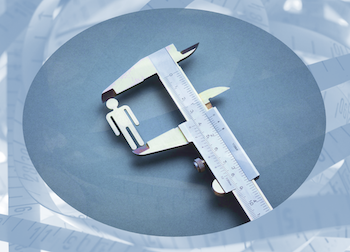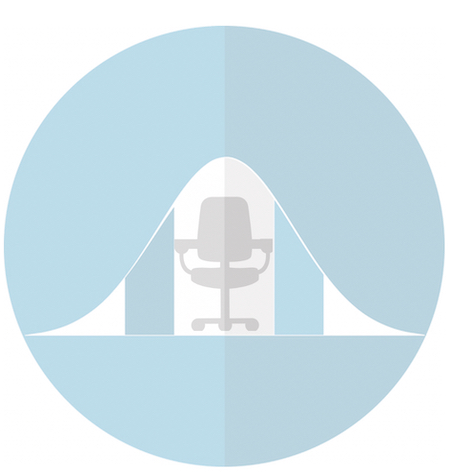
The European Standardization Technical Committee CEN 207 'Furniture', chaired by the Italian Marco Fossi of FederlegnoArredo, had its annual plenary meeting the last 1st June. The plenary meeting is an occasion for all the European experts who work regularly on the drafting of reference standards for the sector to get together to review the work done in the previous year and share the objectives for the year to come.
On this occasion, Catas proposed, and obtained, the setting up of a
working group to write a guideline on the
metrological aspects covered by the standards for our sector. "It will be a 'task group' focused on a very technical topic, but, at the same time, transversal; if they manage to produce a clear and shared document, it will
save a lot of time and discussion," commented Paolo Balutto, head of the Finished Products Department at Catas and head of the Italian delegation, "The fact that it will be coordinated by Annamaria Franz of Catas, who has been working on measurement uncertainty and proficiency testing for many years, gives us great satisfaction”.
What is it all about in short? Every time a standard places a measurable requirement on a product parameter, such as a dimension or the degree of resistance to a certain stress, the same process is activated:
a measurement has to be made, to which
an uncertainty will be associated; there is then the double problem of estimating the uncertainty on one hand and, on the other hand, deciding how to take this uncertainty into consideration when comparing the measurement with the requirement. There is practically no limit to the level of detail to analyze the uncertainty of a measurement, but some contributions are so minimal that we can consider them negligible. Therefore, standards often state the approximations that can be made without affecting the result of a measurement. These approximations are expressed in the chapter 'Tolerances', which precisely allows us a margin within which we can operate without affecting the result of our measurement.
But how should we understand this margin?For example, furniture industry standards typically place a tolerance of ±1 mm on the nominal dimensions of equipment used to perform a test, noting that test results will not be affected if these tolerances are respected.
But how should this range be understood? First of all, it is clear that in order to verify that I am within the tolerance, I will have to use a measuring instrument that has a resolution greater than ±1 mm, e.g. 0.1 mm. The measuring operation will be affected by an uncertainty that I can estimate. Then even here I may have situations where I am at the limit.
What should I do?Here again I need
a rule to decide whether and how to take the uncertainty into account.These are topics that will be further discussed and hopefully clarified by the group of experts coordinated by Catas. Good work!

STAFF CATAS
For info:
Annamaria Franz


 The European Standardization Technical Committee CEN 207 'Furniture', chaired by the Italian Marco Fossi of FederlegnoArredo, had its annual plenary meeting the last 1st June. The plenary meeting is an occasion for all the European experts who work regularly on the drafting of reference standards for the sector to get together to review the work done in the previous year and share the objectives for the year to come.
The European Standardization Technical Committee CEN 207 'Furniture', chaired by the Italian Marco Fossi of FederlegnoArredo, had its annual plenary meeting the last 1st June. The plenary meeting is an occasion for all the European experts who work regularly on the drafting of reference standards for the sector to get together to review the work done in the previous year and share the objectives for the year to come. 